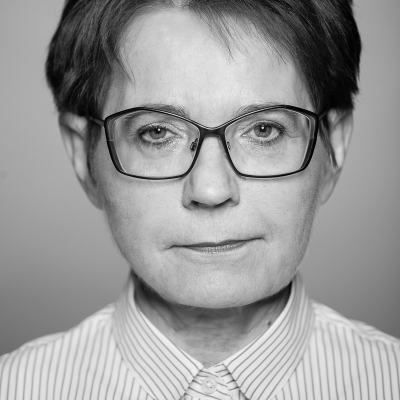Contact lenses are not cosmetics
The varying definitions of life science products and applicable provisions of EU directives and regulations can confuse even the most experienced judges, as in the case of a recent preliminary ruling by the Court of Justice sought by the regional court in the German city of Krefeld.
Colena AG v Karnevalservice Bastian GmbH, judgment of the Court of Justice of 3 September 2015 (Case C-321/14)
The request for a preliminary ruling in this case involved interpretation of the EU’s Cosmetics Regulation (1223/2009). The court in Krefeld inquired whether the regulation applies to a product that is apparently not a cosmetic but which states on the packaging that it is a “cosmetic eye accessory, subject to the EU Cosmetics Directive.” The product in question was decorative contact lenses, featuring designs but without optic qualities, used solely for entertainment purposes. The plaintiff in the case sought an injunction prohibiting another company from marketing such contact lenses. The courts at two instances reached differing conclusions, and the court in Krefeld indicated that other courts in Germany had handed down conflicting rulings on the same contact lenses.
Case was clear for the Court of Justice
The Court of Justice decided this case without seeking an advocate-general’s opinion. The holding was as follows: “Regulation (EC) No 1223/2009 of the European Parliament and of the Council of 30 November 2009 on cosmetic products must be interpreted as meaning that non-corrective colour contact lenses featuring designs do not fall within the scope of that regulation, notwithstanding the fact that their outer packaging bears the statement ‘cosmetic eye accessory, subject to the EU Cosmetics Directive.’”
The Court of Justice analysed the scope of application of the Cosmetics Regulation to the contact lenses in question under Art. 1 of the regulation. (The “Cosmetics Directive” referred to in the product packaging (76/768/EEC) was repealed and superseded as of July 2013 by the Cosmetics Regulation.) This article states that the purpose of the regulation is to establish “rules to be complied with by any cosmetic product made available on the market.” The court thus found that the scope of the regulation is limited to cosmetic products. For a product to be regarded as a cosmetic, it must meet all of the criteria established in the definition of “cosmetic product” in Art. 2(1)(a) of the regulation. Examining whether the contact lenses in question meet the requirements of the definition, the court found that neither the nature of the lenses, the place they were applied, nor their intended use complied with the definition of a cosmetic product. The individual assessment of products recommended in the preamble to the regulation led the Court of Justice to conclude that contact lenses of this type are not a cosmetic product and are not governed by the regulation. Inclusion of a statement on the packaging that the lenses are a “cosmetic eye accessory, subject to the EU Cosmetics Directive” did not affect the classification of the product.
Overcautious German courts
The case proved not to require deep expert knowledge or a refined interpretation. So why had the German courts handed down the conflicting rulings cited by the court in Krefeld?
In the case of life science products there is often an unclear distinction between types of products, making it difficult to classify them. Products displaying features of various products classified in different ways by the legal regulations are regarded as “borderline products,” where medicinal products, medical devices, dietary supplements, cosmetics and biocidal products converge. The final determination of the legal status of such products rests in the hands of European or national regulators. Because of the overriding priority of protecting human life and health, EU lawmakers dealing with medicinal products adopted the rule that a borderline product, such as a cosmetic, supplement or medical device, which gives the impression that it may possess medicinal properties, or is presented in a manner similar to drugs, will be classified as a medicinal product until the regulator excludes this classification. This means that there is a sort of presumption, when in doubt, that a product is a medicinal product. This presumption has been upheld numerous times by the Court of Justice.
But another classification method was adopted in the area of cosmetic products. The current regulation lays down the affirmative conditions for classifying a product as a cosmetic. There is no presumption that a product should be treated as a cosmetic; it must meet the requirements of the definition. If a product fails to meet even one of the conditions in the definition of a cosmetic product, formally it is not a cosmetic and the regulation does not apply to it. The producer’s statement that the product is a cosmetic cannot be relied on if the product does not in fact meet the requirements of the regulation.
The improper method of interpreting the regulation, probably resulting from an excess of caution on the part of the German courts (although appropriate to classification of medicinal products), led to issuance by some of the courts of rulings contrary to EU law. The straightforward interpretation applied in this case by the Court of Justice has cleared the air.
Nonetheless, borderline products will no doubt continue to come before the Court of Justice, given the variety of products on the market, the imperfections of the law, and erroneous interpretations by national courts.
Dr Ewa Butkiewicz, Life Science & Regulatory Practice, Wardyński & Partners
